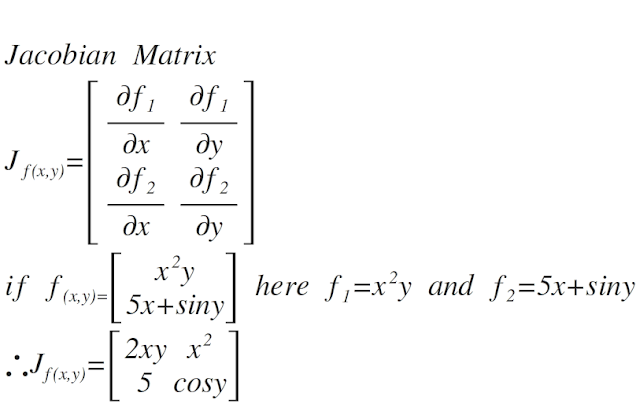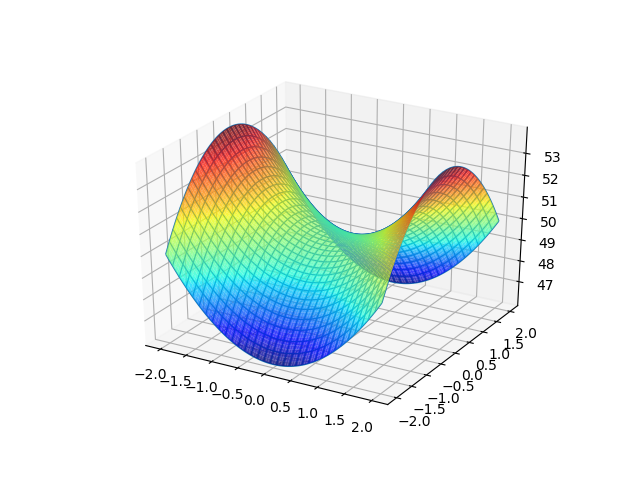Drift Speed of Electrons In a wire
Two wires X and Y have the same resistivity, but their cross sectional areas in the ratio 2:3 and lengths in the ratio 1:2 They are first connected in series and then in parallel to a dc source Find out ratio of drift speeds of electrons in two wires for the two cases.
case i) Series
In series combination current I through each resistor will be the same
Current I= neAVd
n=number of electrons per unit volume
e=Charge of an electron
A=Area of cross section of wire
Vd= Drift speed
Vd= I / (neA)
Vd1= I / (neA1) --------------(1)
Vd2= I / (neA2) --------------(2)
Note that 'ne' is same for both the wires since the resistivity same means same material
From 1) and 2) Vd1 / Vd2 = A2 / A1 ie Ratio of drift speed is 3:2
case ii) Parallel
In Parallel combination potential 'v 'through each resistor will be the same
Current I= neAVd
By ohms Law v=IR
ie v= (neAVd) R
Vd= v / RneA and R=ΡL/A
R1=ΡL1/A1
R2=ΡL2/A2
Ρ=resistivity
case i) Series
In series combination current I through each resistor will be the same
Current I= neAVd
n=number of electrons per unit volume
e=Charge of an electron
A=Area of cross section of wire
Vd= Drift speed
Vd= I / (neA)
Vd1= I / (neA1) --------------(1)
Vd2= I / (neA2) --------------(2)
Note that 'ne' is same for both the wires since the resistivity same means same material
From 1) and 2) Vd1 / Vd2 = A2 / A1 ie Ratio of drift speed is 3:2
case ii) Parallel
In Parallel combination potential 'v 'through each resistor will be the same
Current I= neAVd
By ohms Law v=IR
ie v= (neAVd) R
Vd= v / RneA and R=ΡL/A
R1=ΡL1/A1
R2=ΡL2/A2
Ρ=resistivity
Vd1= v / (R1 neA1)---------------(3)
Vd2= v / (R2 neA1)---------------(4)
From 3) and 4) Vd1 / Vd2 = L2/L1 ie Ratio of drift speed is 2 : 1



Garg Associates produce a wide variety of High Performance Wires and Cables ranging from ultra-miniature Fluoropolymer (PTFE, ETFE and FEP) equipment wire, thermo couple cable, high powered shielded Multicore cables to high speed data bus, low loss and Ethernet cables. Whether it is custom designed or a standard product, there is a solution to the most demanding environment and application.
ReplyDeletePTFE INSULATED EQUIPMENT WIRES
fluropolymer wires suppliers